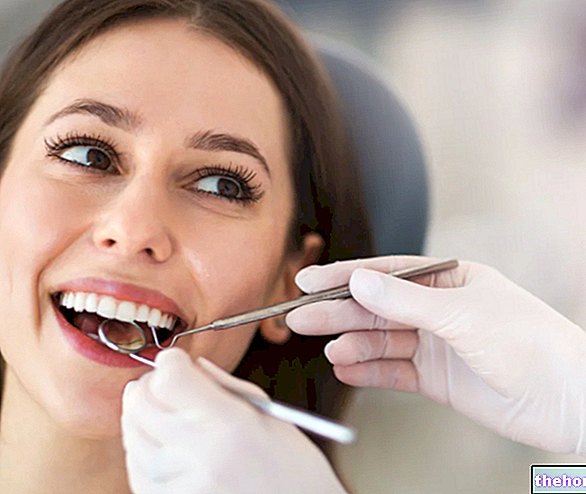Iodized salt is a common table salt obtained from sea water or from rock salt mines, then artificially added with iodine in the form of iodide or potassium iodate. The quantities added are chosen and standardized on the basis of the nutritional status of the population; in Italy, for example, each kilogram of iodized salt contains 30 mg of iodine (with tolerance + 40%, - 20%). This amount, apparently infinitesimal, is actually very important, since the iodine requirement for adults is only 150 micrograms per day.
Why use iodized salt?
Iodized salt is the solution proposed by the World Health Organization to eradicate iodine deficiency disorders. In fact, there are areas of the planet where the dietary intake of this mineral is particularly low; unfortunately, this deficit can cause very serious health problems.
The iodine requirement in adults is estimated at 150 μg / day, while the quantity present in the organism is around 15-20 mg. Pregnant and lactating women should take about 50-100 μg / day more to ensure normal development of the baby.
A strict vegetarian, due to the non-consumption of fish and animal foods on the one hand and the presumably increased intake of goitrogen foods on the other, is more subject to iodine deficiency than an omnivore.
Iodine deficiency has particularly serious repercussions on the child's mental and physical development. In the adult, on the other hand, it causes goiter, the consequences of which are more or less severe depending on the age and sex of the subject.
Since salt is used by large sections of the population, with a homogeneous daily consumption, its iodination (particularly cheap) represents an ideal solution to prevent iodine deficiency in countries at risk. But why is it that only certain areas of the planet are subject to deficits? Basically because from one region to another the concentration of iodine in the soil varies, consequently in its fruits and in the meat of the animals that derive nourishment from them. Obviously, eating habits also heavily influence the iodine intake; in Japan, where the consumption of algae (a food rich in iodine par excellence) is quite common, the problem is very vague and it is often necessary to take measures to prevent any excesses. Although the body is perfectly capable of eliminating the surplus of iodine in the urine, particularly high dosages (for example due to the marked use of supplements based on seaweed) can still be harmful. Even if the bearable doses are higher, it is recommended not to exceed 500 μg / day.
Worldwide, about 2 billion people (30% of the total population) are at risk of developing iodine deficiency diseases, which is the number one preventable cause of mental retardation. In Italy about 6 million inhabitants are exposed to environmental iodine deficiency and in some areas goiter is still an endemic disease (that is, it occurs in more than 5% of the population). The very high economic impact and the great possibilities of prevention have prompted the Ministry of Health to promote information campaigns on the importance of iodized salt in human nutrition.

Characteristics of iodized salt
Key points:- Iodine is NOT synthesized by the body and as such it must necessarily be taken with the diet.
- The best way to increase the amount of iodine we introduce every day is to prefer iodized salt to the normal one, without abusing it; little salt, therefore, but always iodized.
- Diversify food choices; the foods richest in iodine are sea fish and crustaceans. Eggs, milk and meat also contain important quantities, while lower concentrations are found in vegetables and fruit.
Salt enriched with iodine is marketed in food shops and tobacconists under the name of "iodized salt" or "iodized salt". Therefore, it should not be confused with "sea salt" or "whole salt", however richer in iodine than the traditional sodium chloride.
The appearance and organoleptic characteristics of the iodized salt are completely similar to the traditional counterpart.
How much to use?
Iodized salt is not a dietary product reserved for some people, but a food that should become common and moderate at all ages, replacing traditional salt. In susceptible individuals, excessive consumption of salt, regardless of whether it is iodized or not, can favor the onset of hypertension (therefore some heart, kidney and blood vessel diseases), stomach cancer and osteoporosis. For this reason, in healthy individuals, it is recommended not to exceed 6 grams of iodized salt per day (which provide 180 μg of iodine).
Other articles on "iodized salt"
- Hyposodic salt
- salt
- Dietary Salt
- Integral salt
- Diet and Hypertension, DASH Diet
- Sodium




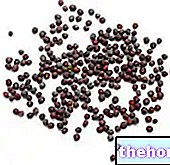
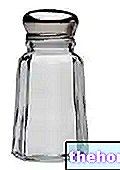




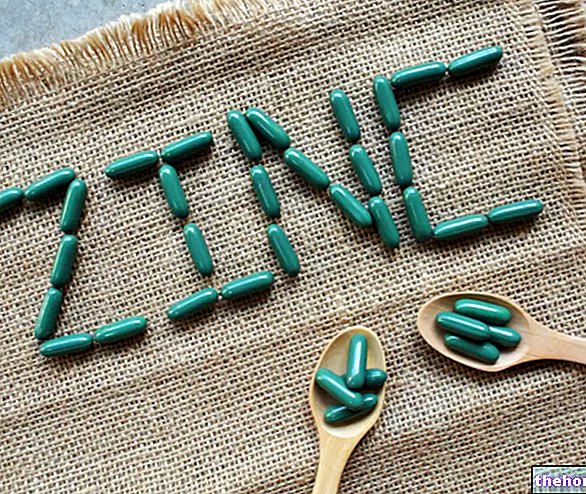



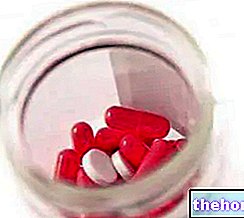

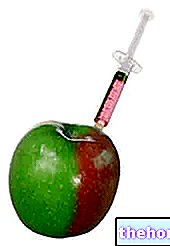





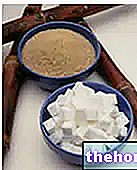


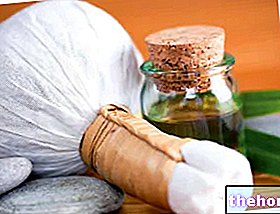

-cos-cause-e-sintomi-e-cura.jpg)
